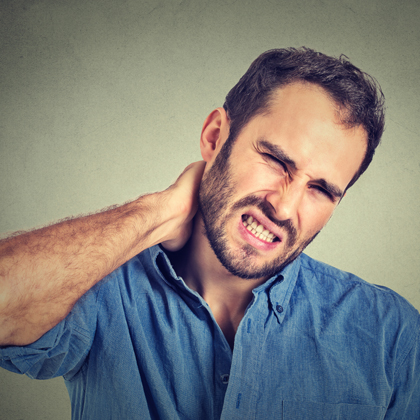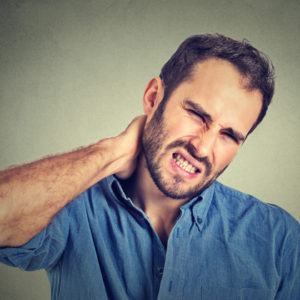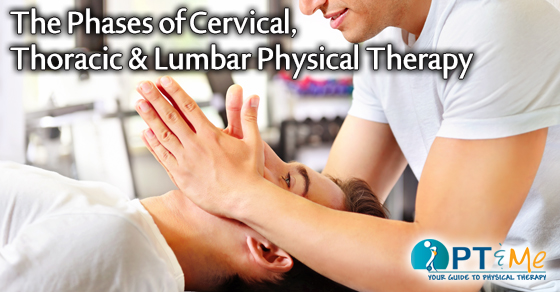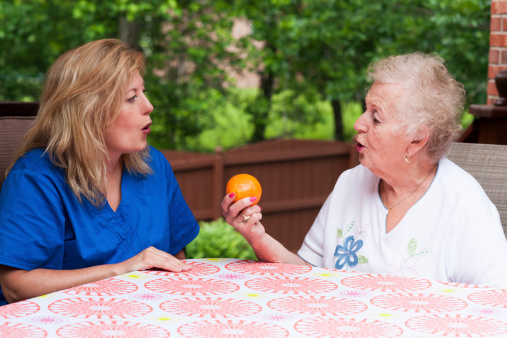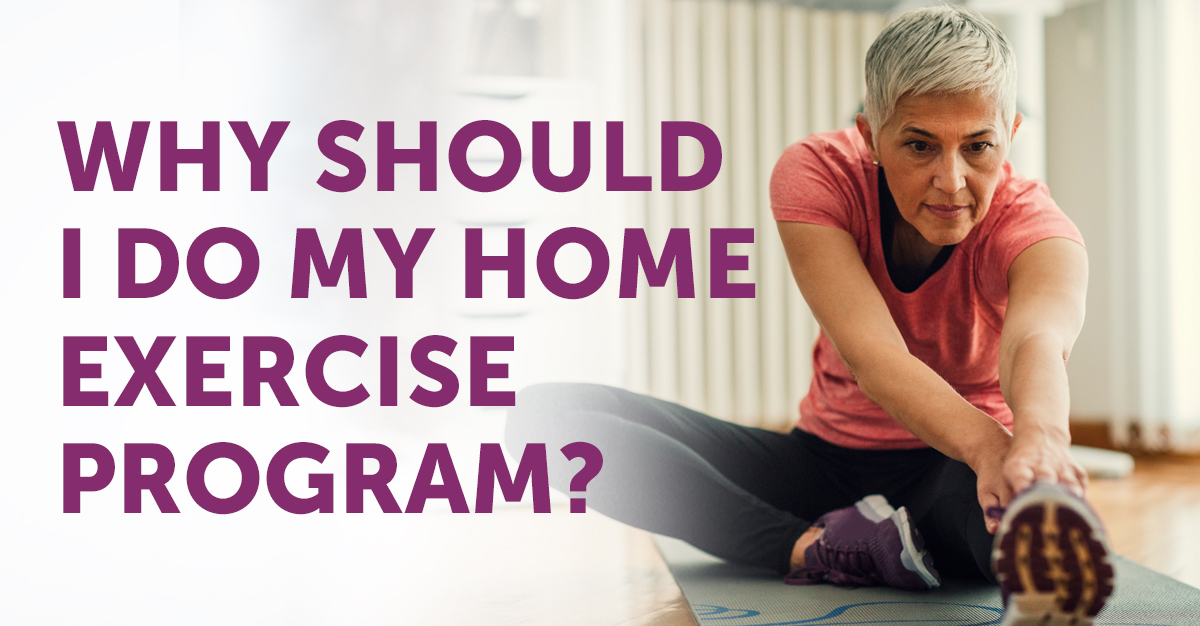
When a patient walks in for physical therapy, one of the things they are sent home with is a home exercise program. But why do they do that? Aren’t they supposed to take care of everything while you are in the clinic? These are questions that may run through your head, but what exactly are the benefits of a home exercise program? If you’re on the fence about whether or not to take your HEP seriously, we’re here to tell you why you should.
- Continuation of forwarding progression in rehabilitation: Physical and occupational therapists tailor each program to the abilities and strengths of each patient. A patient that completes their home exercise program is more likely to excel in the one-on-one sessions at the clinic and experience fewer setbacks in rehabilitation.
- Increases level of mobility and endurance: Exercise in the home is designed to continue the progress of the clinic visit by increasing a patient’s flexibility and stamina. A good home exercise program allows a patient to increase function and improve muscle memory so that progress is gained rather than lost from one visit to another.
- For some patients, therapy doesn’t end at discharge: A home exercise program can help a patient remain pain-free and functional without having to pay for repeat visits and costly medical bills. For patients experiencing chronic pain – a home exercise program is a ticket to staying out of the doctor’s office.
New Remote Therapeutic Monitoring Program Helps Seniors Complete their Home Exercise Programs!
With RTM, physical therapists continue to create and prescribe home programs as part of the treatment plan as they have always done. The difference with RTM however, is that now our teams can monitor a patient’s performance and response to the home exercise program between clinic visits. RMT provides physical therapists with musculoskeletal data and reports pain levels each time the patient engages with the platform. Additionally, if a patient can’t perform their exercises or follow the instructions correctly, the physical therapist will know and be able to make modifications immediately.
Despite the benefits of a home exercise program, patients have trouble following through on their home exercise program goals. We’re going to go over some of the more common excuses:
- I don’t have time, because life at home is too busy: It can be hard, especially for those running a household with multiple schedules to accommodate. However, a physical therapist can offer suggestions on working these into your schedule. Some exercises can be done at work, at home, on the playground. If time is truly a concern then don’t be afraid to let the therapist know.
- It hurts: Some pain is considered normal – it’s a normal part of the exercise. However, if you are doing an exercise and something feels wrong, let your physical therapist know immediately. Don’t wait until your next appointment and tell yourself you will take care of it then. It could be something as simple as not doing the exercise correctly and they can talk you through it over the phone. Communication is a large part of rehabilitation and your therapist wants to know if something is causing concern.
- Not motivated: Not seeing the point of the exercises your therapist gave you – ask them why it is so beneficial. Going to see a physical therapist 2-3 times a week alone without doing home exercises will not be enough to maintain muscle strength and flexibility. Healthy habits begin with persistence. If you need motivation talk to your therapist, they are born motivators and want nothing more than to watch you succeed. Enlist the help of family or friends to keep asking about your progress.
Physical therapists may utilize print copies of exercises or they may choose to go utilize a digital version that you can access from a mobile device. No matter the delivery, the goal for each is the same. To help you heal more effectively. If you have questions about your home exercise program and what it contributes to your recovery talk to your physical therapist. Education and understanding are crucial to making sure your experience in recovery is successful. If you need help finding a physical therapist to answer your questions, we have you covered in our “Find a PT” section.


